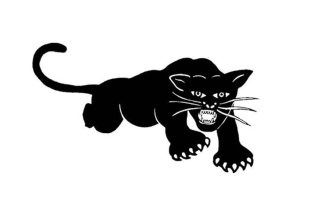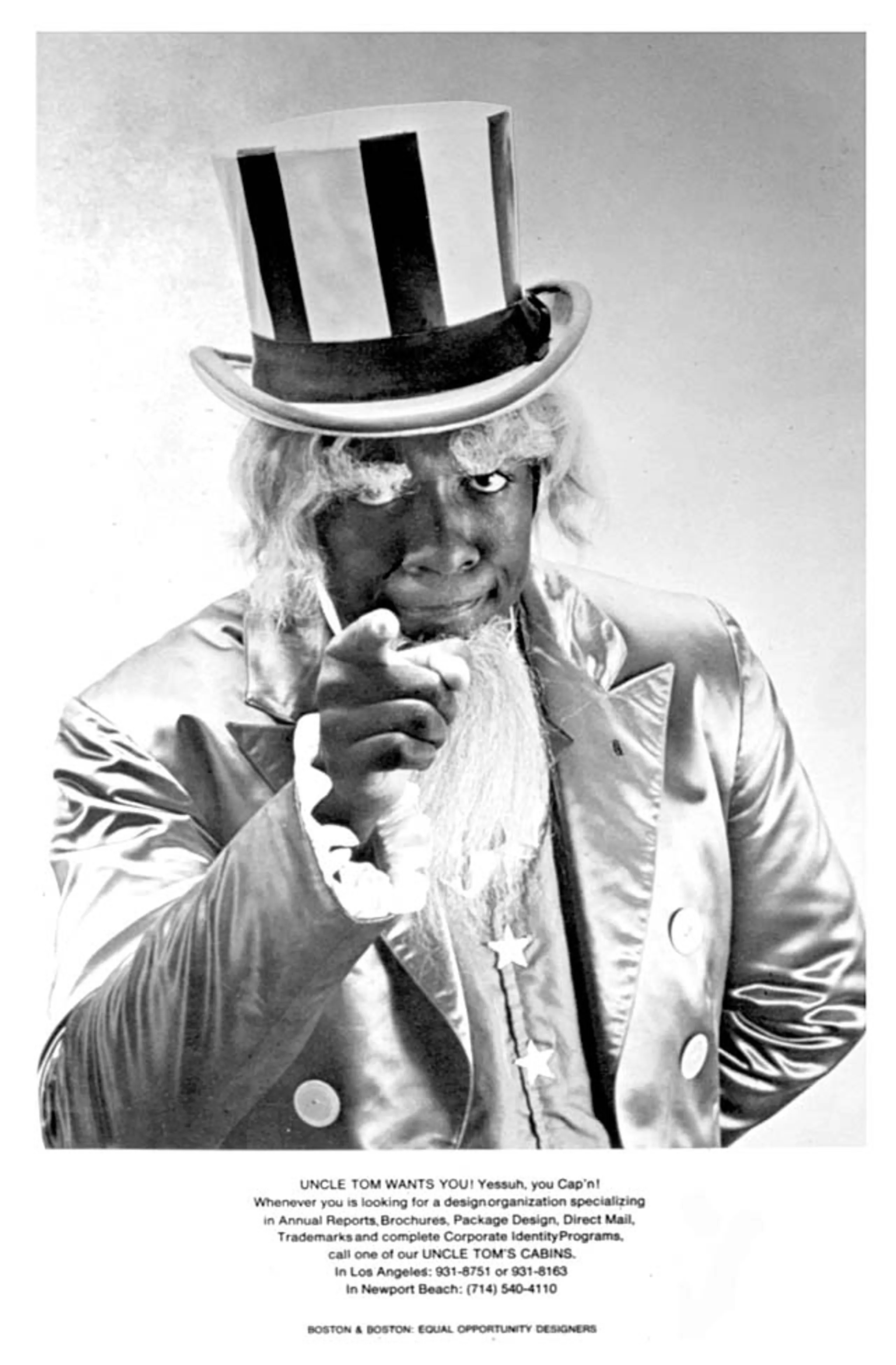
The graphic design profession’s historical canon is sorely in need of an update, according to an Ohio Northern University professor who has spent the past few years surveying material and championing change. Missing from collective memory, public perception, and textbooks being used to teach future generations are underrepresented graphic design practitioners—particularly Black designers—who significantly contributed to the craft’s evolution and cultural influence but who haven’t received the recognition they deserve.
 “Graphic design isn’t the only discipline doing this, but we’re trying to really decolonize design history,” said Brit Rowe, ONU professor of art and design.
“Graphic design isn’t the only discipline doing this, but we’re trying to really decolonize design history,” said Brit Rowe, ONU professor of art and design.
With an understandable emphasis on pedagogy, Rowe began his research centered on Black designers during a 2021 sabbatical, in the wake of the pandemic and the Black Lives Matter racial justice movement. He noted that only three Black graphic designers are featured in the “bible of” graphic design textbooks, and that information on them is difficult to find elsewhere. As a white male professor, he also wanted to learn more about America’s racial divide and how he could be a better advocate and teacher through design.
Rowe’s research is based on the Design for Good initiative, which he explained is “a platform engaging designers to build their practice, expand their network, and to lead their communities in positive social change.” Concurrent with his search for historical black graphic designers and their material, Rowe and a student developed a project called Grafik Justice that provided more perspective. ONU’s Black Student Union members were interviewed to discern how and why their experiences differed from white students on campus, a typography workshop was held, and student-created graphics inspired from those conversations and lessons were projected onto the roof of the campus chapel, overlooking the Tundra, where they could easily be seen from afar.
Meanwhile, Black designers from the past whose creative accomplishments still resonate is what continues to interest Rowe.
“As an educator, I feel it’s my responsibility to expose students to designers outside of the largely white, Eurocentric male canon,” he wrote in his application for sabbatical. “Learning and seeing the diverse people and portfolios of work create a rich studio and class experience where conversation about culture and representation are at the forefront.”
 As a result, Rowe has been incorporating into his lessons the work of more Black designers such as Archie Boston Jr., who, with his brother, Bradford Boston, launched Boston & Boston, one of the first Black-owned design agencies in the United States. The firm was known for addressing racism in its messaging using rhetorical tools such as irony and humor. The brothers sometimes used themselves as models for their ads. For instance, one of the firm’s self-promotional ads featured a Boston brother dressed in a Ku Klux Klan robe and hood. Under the image is the statement: “Boston & Boston: Equal Opportunity Designers.”
As a result, Rowe has been incorporating into his lessons the work of more Black designers such as Archie Boston Jr., who, with his brother, Bradford Boston, launched Boston & Boston, one of the first Black-owned design agencies in the United States. The firm was known for addressing racism in its messaging using rhetorical tools such as irony and humor. The brothers sometimes used themselves as models for their ads. For instance, one of the firm’s self-promotional ads featured a Boston brother dressed in a Ku Klux Klan robe and hood. Under the image is the statement: “Boston & Boston: Equal Opportunity Designers.”
Another Boston & Boston ad included a photo of Archie Boston dressed in a business suit. In bold text above: “I don’t want to marry your daughter.” Underneath the image: “I just want to get together with you and establish a working relationship as your creative consultant.”
Rowe also teaches about Emory Douglas, who designed the newspaper for the Black Panther Party; the first issue was printed in 1967. Douglas spent time in a youth detention center in California, where he became interested in printing and typography. The newspaper’s content espoused the party’s 10-point platform that focused on issues such as healthcare reform, an end to police brutality, and equal employment opportunities. Douglas, who was placed on the FBI’s “security” and “agitator” indexes for his Black Panther work, would soon develop his own platform that recognized art as a powerful tool, a visual language that can be used to enlighten, inform, and incite action.
“A lot of (Douglas’) food for thought is very relevant today,” said Rowe.
For the January Arts, Humanities, Social Sciences, & Education Conference held in Honolulu, Hawaii, Rowe presented on Civil Rights-era Black designers “who took head-on the hurdles and systems that tried to keep them out of the industry. …These designers advocated for the African American community and culture, uplifting the community and reflecting the true identity of a people.”
 Just 1-2% of designers during the 1960s and 1970s were Black, the graphic design profession maintains. Some were employed at firms that considered them only as tokens of diversity; they were often not given work, were denied mentorship opportunities, and often contended with overtly racist colleagues. And, because graphic design was considered by the Black community to be a primarily white profession, many Black creatives avoided entering the field, Rowe explained.
Just 1-2% of designers during the 1960s and 1970s were Black, the graphic design profession maintains. Some were employed at firms that considered them only as tokens of diversity; they were often not given work, were denied mentorship opportunities, and often contended with overtly racist colleagues. And, because graphic design was considered by the Black community to be a primarily white profession, many Black creatives avoided entering the field, Rowe explained.
Black graphic designers who did succeed, however, left lasting impressions and still inspire.
Rowe is continuing to seek and source Black design imagery, particularly at libraries, museums and historically black colleges and universities, and to keep learning himself. Graphic design colleagues of his across the country who also think of diversity as an essential teaching component are now sharing what they’ve found and pushing for professional recognition for past Black, Indigenous and people of color graphic designers.
“The conversations are addressing diversity and inclusion in industry, pedagogy, Black design organizations, and design activism,” Rowe asserted in his sabbatical application. Such conversations are also starting to migrate to other professions and areas of teaching. “How do you incorporate some of this work into other courses…?” he wonders.